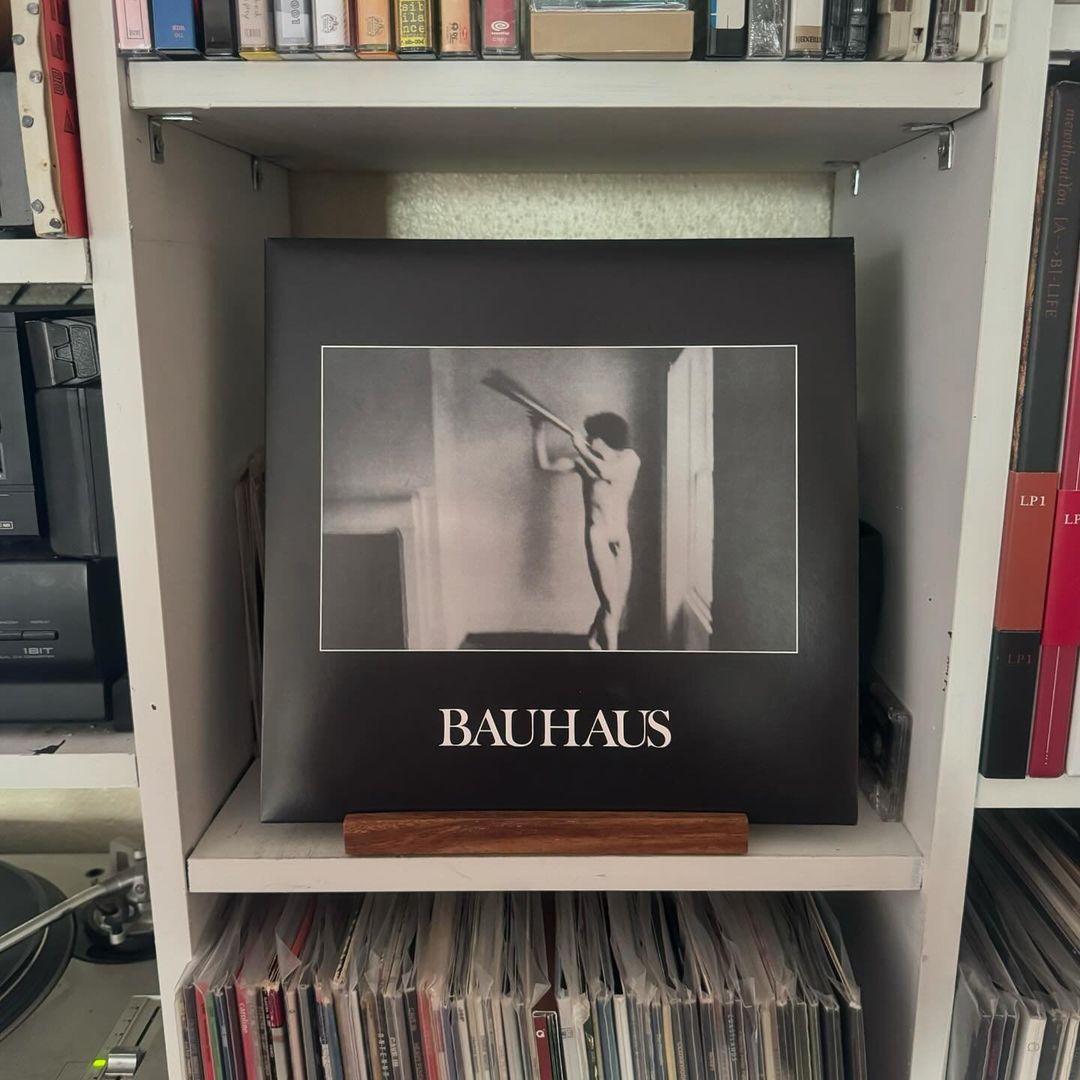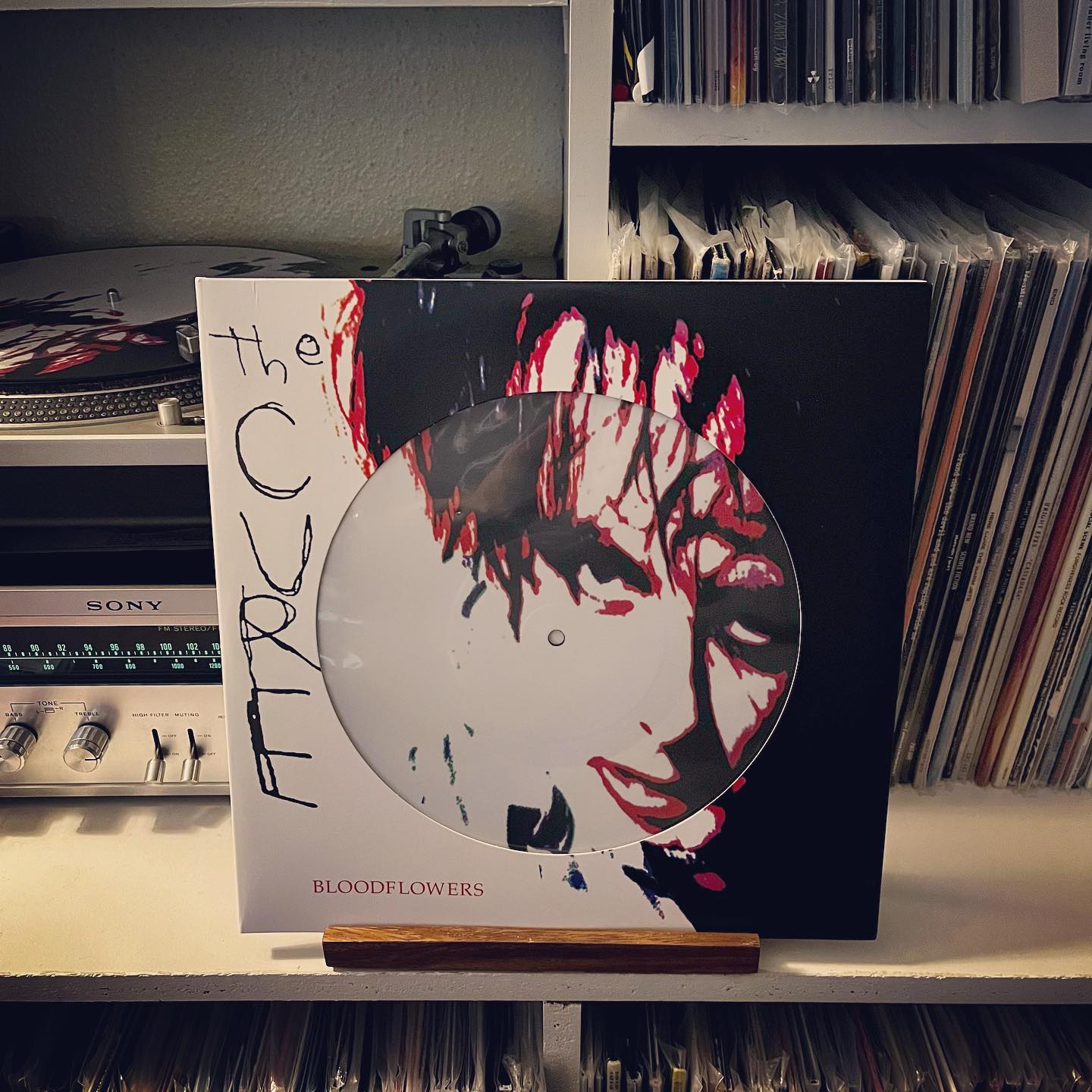
“I never quite said what I wanted to say to you,” mumbles Robert Smith in the closing moments of Disintegration, and those words might as well be about my original post about this record.
Because I’ve been listening to a lot of the Cure lately. Actually, that’s probably an understatement. In the last two weeks, I’ve listened to almost nothing else. I’ve listened to each record in their discography at least once, purchased many, and revisited the ones already in my collection multiple times.
Part of this is because my wife is on vacation with our baby and there’s no better soundtrack for an empty house, but the much larger part is that there’s maybe no other band that has had such a far-reaching influence or massive impact without ever compromising or contradicting themselves.
And while I’ve reviewed the several new Cure records in my collection over the last week, I need to come back to their perennial classic, Disintegration. I wrote a post on this record when I got it six years ago, but I’m compelled to make another, because friends, I have a lot to say about this record.
Continue reading →
 When Punk exploded in 1977, the dam burst so hard it left a crater. It didn’t take very long for the maelstrom of no-frills sonic intensity to suck up other elements. Post-punk emerged almost immediately, deconstructing punk into unrecognizable shapes. Post-punk in turn splintered into its own series of subgenres—most notably, new wave and gothic rock.
When Punk exploded in 1977, the dam burst so hard it left a crater. It didn’t take very long for the maelstrom of no-frills sonic intensity to suck up other elements. Post-punk emerged almost immediately, deconstructing punk into unrecognizable shapes. Post-punk in turn splintered into its own series of subgenres—most notably, new wave and gothic rock.







 When I first heard
When I first heard